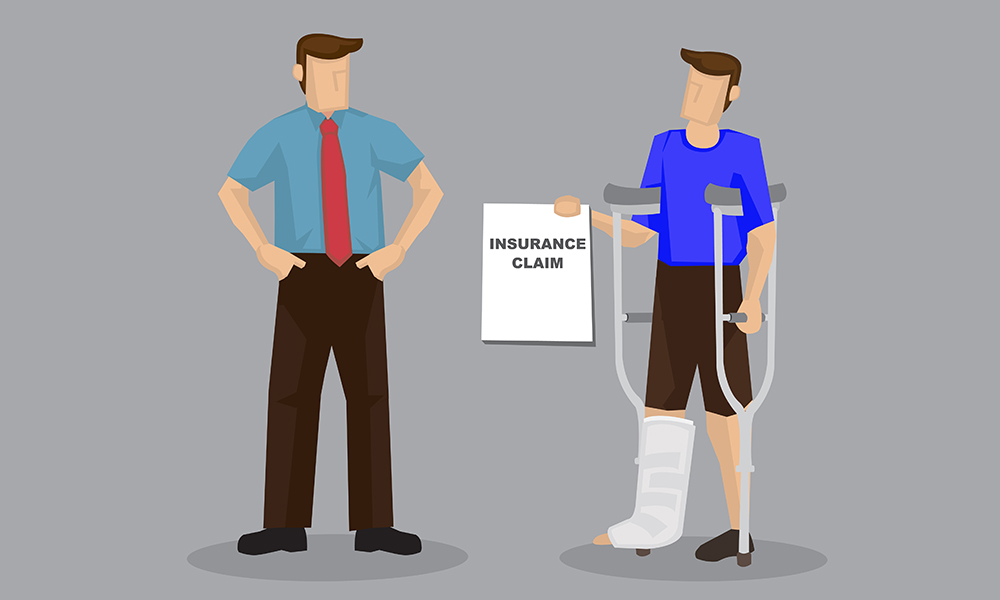In the realm of occupational health and safety, Queensland has made commendable strides in ensuring the welfare of its workforce. However, when the unfortunate event of a workplace injury occurs, the process of returning to work becomes a pivotal journey for both employers and injured workers. The success of this transition hinges on effective communication, collaboration, and compliance with legal requirements. In this comprehensive guide, we explore the intricacies of returning to work after a workplace injury in Queensland, shedding light on how employers and injured workers can navigate this process seamlessly.
Understanding the Importance of Return to Work
A Vital Process for All Parties
Returning to work after a workplace injury is a critical milestone for both employers and injured workers. For employers, it signifies the opportunity to retain valuable talent and maintain productivity levels. For injured workers, it represents the path to reclaiming a sense of normalcy, financial stability, and emotional well-being.
Legal Obligations
In Queensland, the Workers’ Compensation and Rehabilitation Act 2003 outlines the legal framework for return to work. Employers are legally obligated to provide suitable duties to injured workers if they are medically capable. Failure to comply with these obligations can result in significant penalties.
The Role of Employers
- Open Communication
Effective communication is the bedrock of a successful return-to-work program. Employers should maintain open lines of communication with injured workers throughout the rehabilitation process. Regular updates on job modifications, work arrangements, and available support services can alleviate anxiety and uncertainty. - Reasonable Accommodations
To facilitate a smooth transition, employers must be prepared to make reasonable accommodations. This may involve modifying job roles, adjusting work hours, or providing additional training to ensure the injured worker can perform their duties safely and effectively. - Support Services
Employers should also be proactive in connecting injured workers with support services, such as rehabilitation providers and medical professionals. These resources can aid in the recovery process and ensure that the worker receives the necessary care and treatment. - Compliance with Legal Requirements
It is imperative that employers adhere to the legal requirements outlined in the Workers’ Compensation and Rehabilitation Act 2003. This includes providing suitable employment options and adhering to the prescribed return-to-work programs.
The Role of Injured Workers
- Active Participation
Injured workers play a pivotal role in their own return to work. They should actively engage in their rehabilitation programs, attend medical appointments, and communicate any concerns or limitations to their employer. Taking ownership of their recovery journey can expedite the return-to-work process. - Open Dialogue
Maintaining an open and honest dialogue with their employer is essential. Injured workers should communicate their progress, challenges, and needs, allowing employers to make necessary adjustments and accommodations. - Compliance with Medical Advice
Following medical advice is paramount. Injured workers must adhere to the recommendations of healthcare professionals to ensure a safe and successful return to work.
Tips for a Successful Return to Work
- Establishing a Return-to-Work Coordinator
Appointing a dedicated return-to-work coordinator within the organization can streamline the process. This individual can liaise with injured workers, healthcare providers, and management to ensure a cohesive approach to return to work. - Training and Education
Investing in training and education programs for all employees can foster a culture of safety and prevention. Educating workers on injury prevention and early reporting can reduce the likelihood of workplace accidents. - Regular Review and Improvement
Continuous improvement is key to a successful return-to-work program. Employers should regularly review their processes, seeking feedback from injured workers and making adjustments as needed.
Navigating the journey of returning to work after a workplace injury in Queensland requires a collaborative effort between employers and injured workers. Effective communication, reasonable accommodations, and compliance with legal requirements are the cornerstones of a smooth transition. By prioritizing the well-being of their employees and adhering to best practices, employers can create a supportive and inclusive work environment.
Remember, the success of returning to work after an injury is a shared responsibility. Both employers and injured workers must actively participate in the process to achieve a seamless and successful transition.



